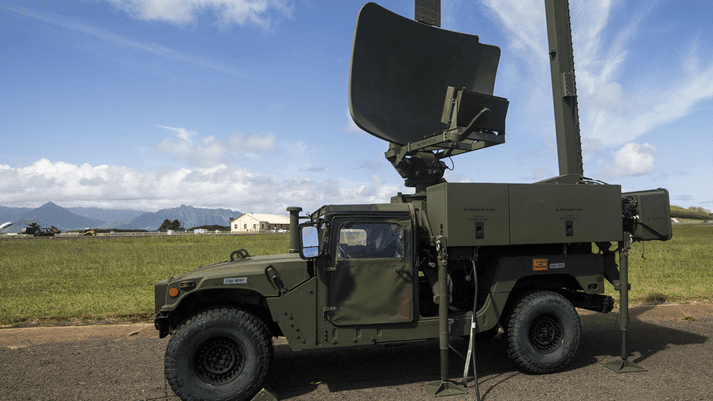
MCLEAN, Virginia – The U.S. Navy selected BAE Systems for a five-year $65.7 million single-award indefinite delivery, indefinite quantity contract for air traffic control (ATC) platform sustainment and engineering services, the company said in a Feb. 1 release.
BAE Systems will continue to use its engineering, technical, and operational expertise to develop, produce, equip, test, evaluate, sustain, and update key expeditionary ATC aviation systems for the Naval Air Warfare Center Aircraft Division’s Webster Outlying Field.
“With this win, BAE Systems will provide expeditionary forces with the capability to quickly establish an airfield with the radar and communications systems to safely recover and launch aircraft,” said Lisa Hand, vice president and general manager of BAE Systems’ Integrated Defense Solutions business. “We serve as the automation expert and technical coordinator, responsible for development and improvement of real-time ATC computer systems. Our radar technicians deploy around the world to support the warfighter; their work is resulting in quicker turnover to the end user, improved hardware reliability, and more accurate installation and precision in the field.”
This new contract continues BAE Systems’ more than a decade of supporting critical work on key systems, including the Standard Terminal Automation Replacement System (STARS); Air Traffic Navigation, Integration, and Coordination System (ATNAVICS); Airfield Mobile Tactical Air Navigation System (AMTAC); and ATNAVICS Data Link System (ADLS). Under the contract, the company will develop and maintain operational software and supporting test beds, field change programs, and supplies for ATC systems. These systems are integral ATC tools that enhance platform flight safety, especially when end users are operating in new or rough terrain airfields with no existing military base.
- VMUT-2 begins assembly of the first 2nd MAW MQ-9A Reaper - April 18, 2024
- CORAS Rolls Out Early Release of Driver Trees Tool - April 18, 2024
- VMM-268 Marines Prepare for Marine Rotational Force Darwin - April 18, 2024






